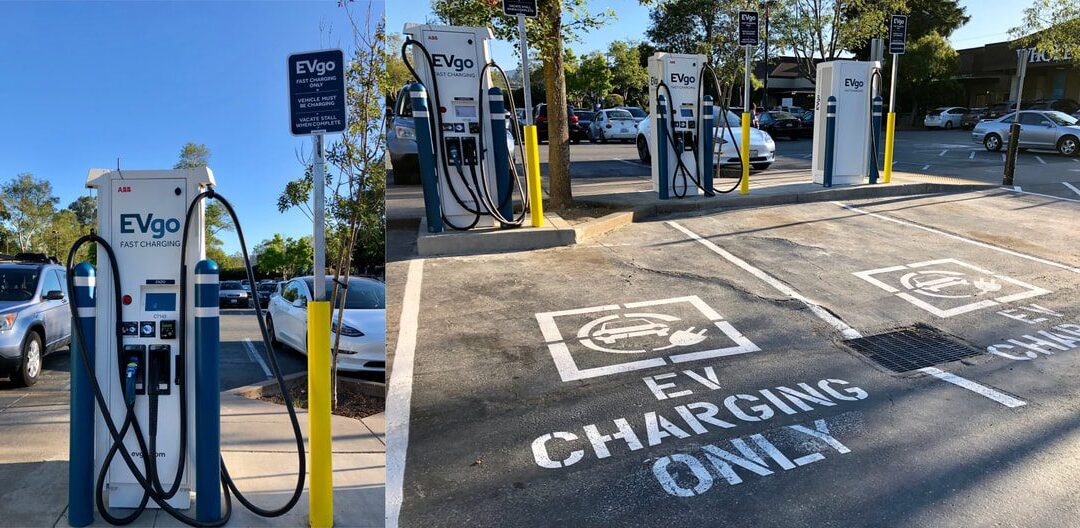
In late 2023, Marin County Government officials sought to see which way the wind was blowing when it comes to the priorities of its constituents. They got a pretty definitive reply from residents via a countywide community survey: the top issue was housing with 31% saying it’s their top priority, with homelessness and climate change both garnering 12%, according to the Marin Independent Journal.
Residents made it clear that they also wanted county officials to focus its attention on climate change over the next five years. The survey also asked respondents to rate how important they think it is for county government to focus on 11 topic areas over the next five years, with the top five responses being improving disaster preparedness, 90%; investing in county infrastructure, 84%; developing workforce housing, 82%; reducing homelessness/providing permanent housing, 80%; and adapting to sea-level rise, 77%, according to the IJ‘s reporting.
The City of Mill Valley is making it clear that it intends to address those crucial issues ASAP. Mill Valley hopes to cut its greenhouse gas emissions by nearly half by the end of the decade.
The goal is among a host of approaches spelled out in the city’s draft climate plan, which the Planning Commission approved Tuesday, according to the Marin IJ.
The document now heads to the City Council for approval. The draft details the source of the city’s current greenhouse gas emissions, target emission reductions and key actions relating to transportation and building electrification to reach those goals.
As of 2020, 56% of the city’s emissions come from transportation, most of it from passenger vehicles. The built environment, which includes residential and commercial buildings that use natural gas, makes up 33% of the emissions. The electricity, water, waste and off-road sectors make up a small portion of the city’s greenhouse gas emissions.
The city’s climate plan was adopted in 2013. In 2022, the City Council put together an eight-person committee to review emission reduction policies and programs for the plan, which is based on state targets. The plan puts the city on track to reach new state goals of 40% reduction in emissions below 1990 levels by 2030, and carbon neutrality by 2045.
By 2020, Mill Valley’s emissions were already 24% below its 1990 levels — an estimated 89,250 metric tons of carbon dioxide-equivalent. The new plan aims to reduce emission by 47% below the 1990 emission level by 2030.
One way the city hopes to do this is by having 35% of registered passenger vehicles in Mill Valley and throughout Marin County be plug-in electric vehicles. O’Rourke said the transportation sector includes passenger cars, commercial vehicles and public transportation that are only traveling in Mill Valley. “So we’re not including pass-through traffic,” O’Rourke said.
The climate plan also includes adopting ordinances that would require new homes and commercial buildings to be entirely electric and replacing natural gas appliances and equipment with high-efficient electric versions, including heat pump technology.
These moves would reduce energy emissions by 27%. Reducing organic waste from landfills through programs such as curbside composting and improving energy efficiency would lower emissions by another 27%.
The City Council is expected to review the draft plan at its May 6 meeting.

